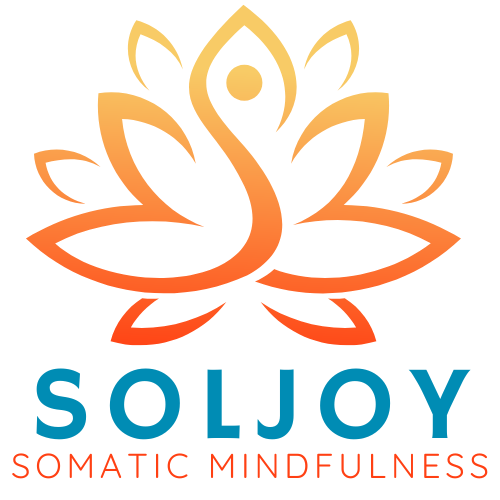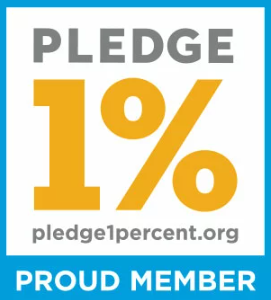
How do you define success?
Whenever I ask my clients what their definition of success is, they give me goals of what they want to achieve. It typically falls into 3 buckets: more money, more time with family or themselves, and more freedom to travel to pursue other pleasures and passions.
But if you pause and listen within, I invite you to take a moment to ask your heart: Where did that definition of success come from?
What influenced you? Is that success dependent on something outside of yourself?
These questions will help you get to the heart of what success really means to you.
Here’s an exercise to help you define success:
Close your eyes. Imagine you in your current life and business as it is today. Then one day, unexpectedly, you find out you have a life threatening illness. The doctor says “You have 3 months to live.” Assuming all your affairs are in order (with your will, life celebration planning, etc.) really feel what you would spend the last 3 months of your life doing.
- Who would you see?
- What would you say?
- Where would you go?
- What would you experience?
- What would you do or stop doing?
- What would you accomplish?
The picture you see gives you clues to getting to the source of what success really means for you.
Now open your eyes. Journal what comes to mind. Then allow yourself to inquire into the question “What matters to me? What is true to myself?” This may take you a few days, weeks, or months to contemplate. Keep journaling what opens up.
Success from the Outside In
Meeting hundreds of conscious leaders, whom the world would consider at the top of their game (they have billions, they’ve won multiple oscars, they have successful kids, etc.) I’m continuously surprised that a common thread among them all is that when they finally reach a pinnacle they’ve strived for–they feel empty. It feels just like it was a moment ago.
They find themselves asking “Is this it?”
Consider, their success is often defined by society or their ego, not their heart.
Often your ego clings to various desires, wants, and past memories of success that don’t allow you to fully experience the present moment. You’ll worry, analyze and live in future dreams.
Rarely will you be present for more than a few minutes at a time. Rarely will you get to enjoy the fruits of your labor as you rush to the next achievement that will end up feeling awesome for a split second, then empty again.
Success from the Inside Out
Rather than look outside yourself for success, define success from the inside out. Studies suggest that the biggest regret people have when they pass is not being true to themselves.
When you define success as what’s being true to your Highest Self–unspeakable states of joy, bliss, and peace become possible.
That’s what happened for me attending a 5 day silent meditation retreat. By the end, I unexpectedly fell in love with myself.
Unlike experiencing happiness from a vacation, or the pleasure from escaping day to day chaos, this was distinctly peaceful bliss from the inside out. I was literally speechless because words would only distract from the glory I felt in the present moment.
All I wanted to do was be with myself, please myself, nurture myself. I felt no craving, no desire, no wish for anything outside myself whether that was family relationships, possessions, accomplishments, or recognition. I felt at peace with death even if that were to happen the next moment. I was triggerless.
It lasted for weeks, even after a jarring return home to chaos. It was the “being part of yet outside of the world feeling” that I’ve wanted to return to ever since.
Now I coach my clients in discovering for themselves their own inner bliss in our work together as they grow their business. Once you’re clear on what success from the inside out looks like, you can now put into practice your definition of success in real life.
The Opportunity of No
Last year alone, during the pandemic, here are a few surprising places I’ve said no:
- Speaking at the same event as Deepak Chopra, a world renowned thought leader in my field
- Being invited to be a contributor to a book that became an international best seller
- Partnering with a renowned coach who’s good friends with a high level influencers
If I had defined success from the outside in, obviously I would have said yes to all three.
By defining success from the inside the answer was clearly no. I knew that if I had said yes, that meant too many projects once, working late nights to meet deadlines, missing out on family time, and kicking myself for saying yes to too many things.
However, in the short term, saying no felt scary. I worried I missed out on a huge opportunity. Instead, I trusted myself knowing I’d avoided a huge distraction from my vision that would ultimately serve me much better in the long run.
For me, success is loving myself unconditionally, surrendering to my Highest Self, while experiencing joy in simply being alive in the present moment.
Saying no in real life was the opportunity to tune into my intuition, take actions consistent with trusting my inner wisdom, and transforming FOMO (fear of missing out) energy into JOMO (joy of missing out) energy.
3 Ways to Know When to Say No
It’s hard to know whether to say no to an opportunity if you have no clear methodology or approach.
Here are a few ideas for ways to say no:
- Consult your Inner Advisors.
Brian Whitaker authored Yes, Yes, Hell No, shares 3 inner advisors you have called Intuition/Gut, Logic, and Fear. Ask yourself, “Should I say yes to X opportunity? Then listen to what each advisor has to say to weigh in. Just remember that if you get a Yes from intuition and logic but a NO from fear, that’s likely still a go. It simply means your ego is super threatened and by moving forward you’ll be breaking through a glass ceiling. In other words, it’s a biggie transformation. - Core Values Filter
What is your criteria for saying no? Do a values exercise, to understand your top 3-5 values that filter and ask yourself if this seeming opportunity aligns with all your core values. - 5 Question Criteria
Create a list of questions customized to your decision making process that allows you to understand all sides. I’ve created a google spreadsheet of
This set of 5 questions is from one my business mentors, Roger James Hamilton. Each time you need to make a decision, he uses this criteria before saying yes to an opportunity.
- Does it follow my path? Does it fit my goals and objectives for this quarter? If not, give opportunity to someone else
- Can I add value doing this? The opportunity won’t last long if no value is being added.
- Are you able to leverage the opportunity for the company? For example, can you help team members grow what they are doing?
- If it fails, am I still motivated? In 6 months, will I still have gained valuable learnings, connections, and skills even if I lost time and money?
- If it succeeds, am I inspired? Sometimes you can succeed in a project and you’re not left inspired. Make sure your highest self aligns and purpose aligns with the opportunity so it’s creating more energetic flow in your life.
If you say no to any of the first 3 questions, it’s a distraction (off course) or disruption (slows you down).
Now What
What are decisions that you’ve said no to in the past you would have said yes to? How did that pan out? Did you regret or let go? Did new opportunities arise?
Whether in business or life, consider that each decision you say yes or no to alters your future trajectory, creates new connections, ideas, and learnings that otherwise would not have happened. You only have so much time left on planet earth. Choose wisely.
By taking the time to define success from the inside out and knowing what to say no to, you’ll establish your true north to make decisions with more ease when opportunities arise. You’ll uncover the opportunity no can unexpectedly bring.
Keep testing your true definition of success from the inside out the next time an opportunity comes your way and build the muscle for living a life true to yourself.
It’s worth it, I promise.
I’d love to hear what your definition of success from the inside out looks like for you and what happened when applying it to real life.
Please add your comments below.






